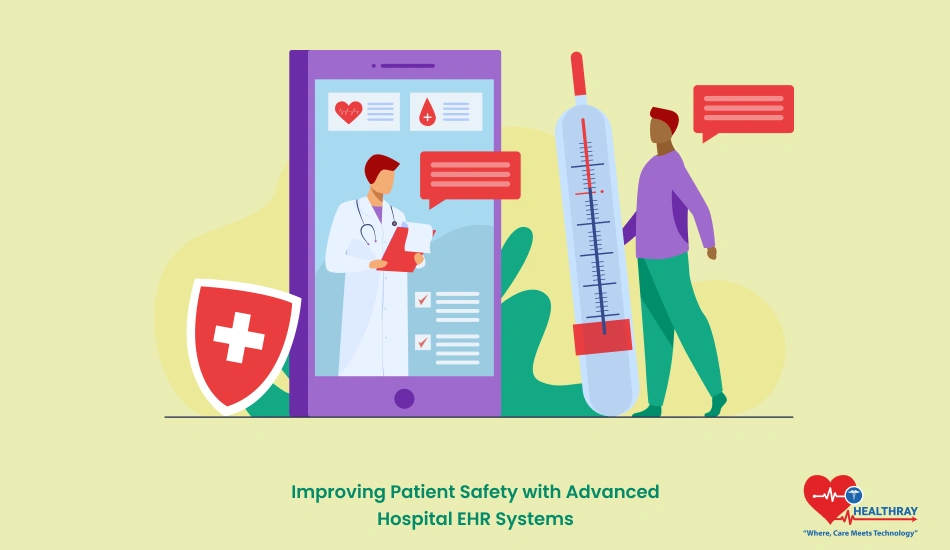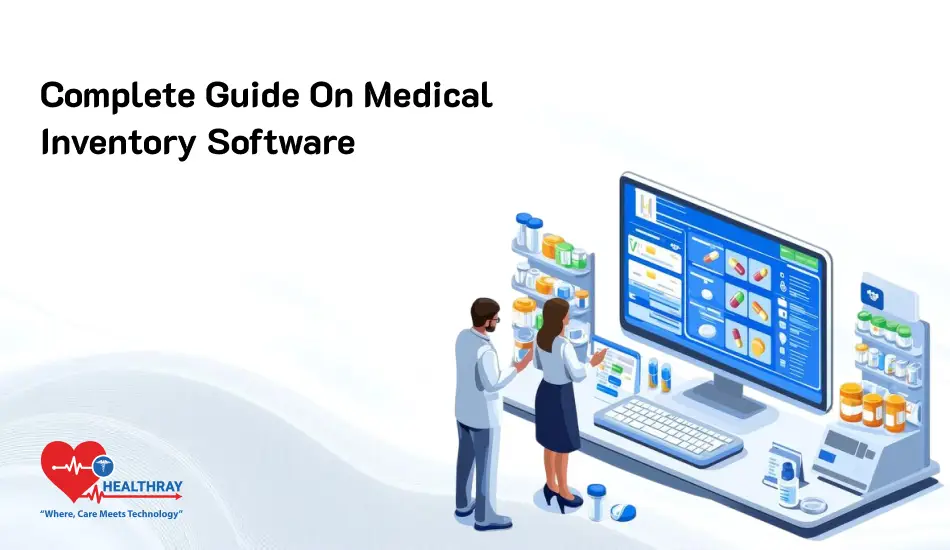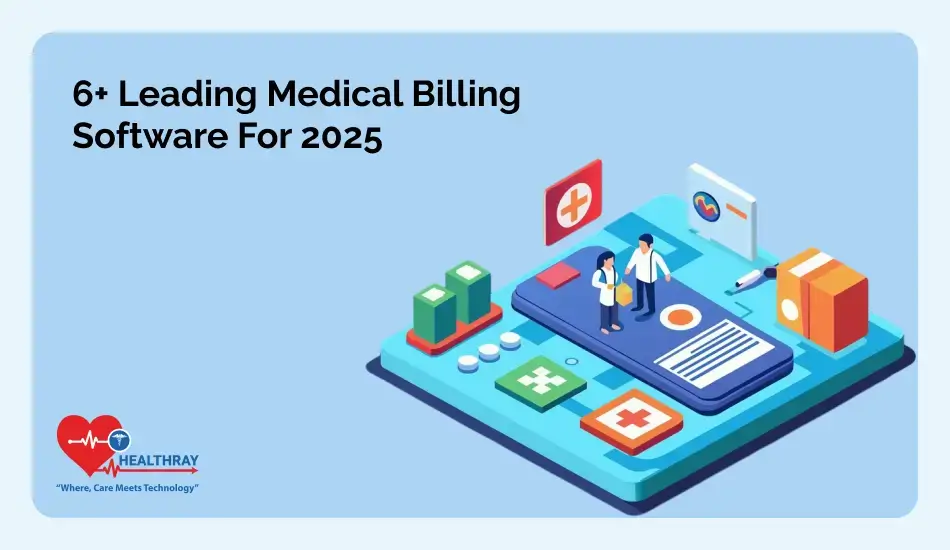Introduction
The most challenging question that hospitals have for health care professionals nowadays regarding patient safety when dealing with massive medical information is: how can such entities be managed efficiently? In that case, the most obvious trend suggests advanced EHR systems. Those days, when gigantic pieces of information had to be preserved, are over, because in the present age, such systems, much like any data storing system, merely form the vast backbone to which the removal and reduction of healthcare errors is allied besides the excellent communication made possible by healthcare providers and results toward patients.
Most health facilities have a challenge on how to fully utilize EHR systems in ensuring the safety aspect. The article addresses, in simplified terms, what the significant contributions of contemporary EHR Software are towards safe patient care and sheds light on how to appropriately implement them.
Role of EHR Systems in Patient Safety
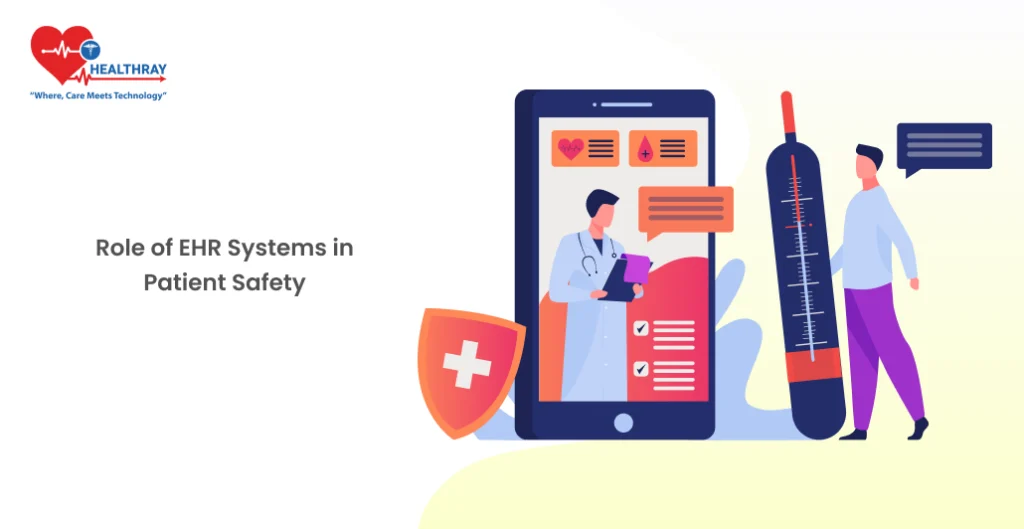
EHR systems provide much more than just digitalizing a paper chart. The EHR system is far more extensive and advanced health IT platform that helps its health providers provide better safer care to the patients. EHR systems combine many different types of information about patients in one location, such as the medical history, lab result, and treatment plans, hence turning them into easier accessible places. One-point access makes it quick and always well-informed decisions without chances of medical mistakes among healthcare teams.
Core functionalities in EHR Systems to Improve Safety
- Medication Management and Alerting: No other modernized EHR System has made headway better than medication management alerts for prescribes drugs to potentially alerting its providers regarding likely drug-to-drug interaction/Allergies. In all this, drug-related adverse incidents are curbed and thus keeps treatment plans perfectly safe for everyone.
- Clinical Decision Support Tools: They provide reminders and diagnostic guidance with evidence-based recommendations during consultations. The added support maintains the level of care expected and helps in avoiding missed information.
- Real time record management : The system will allow the doctor real time access to all patient records through any device that is registered, it gives the scope to the work to be updated directly. The repetition of test twice and the turning away of patients due to the information becoming outdated will be reduced by the EHR systems.
Such integration will keep the medical teams at the edge of the pool.
Advanced EHRs: Major Key Benefits for Improved Patient Safety
Advanced EHRs have the following major safety benefits for the patients. As a default, the caregivers will make better treatment decisions through actual and available real-time data with minimal risk factors.
1. Minimizing Medication Errors : EHR minimizes medical errors most of the check has to be automated since most of them had been done before by a human. For instance, the system will show if the drug administered to the patient is likely to cause a drug interaction, a wrong dose, or allergy to him. In that respect, it acts more like a safety net in case a human forgets something about an issue in handling the treatment of a patient and will render the treatment more accurate in broad terms.
2. Better communication and coordination : One of the most common issues that exist in patient care is how the information flows from one department or specialty to another. Electronic health records system have helped bridge this gap by providing an avenue for the sharing of updated patient information among the allowed people. The improved communication of all members of the care team of a given patient ensures that there is no conflict in treatment or redundant tests.
3. Real-time Patient Records For emergent situations : EHRs will see all records regarding a patient immediately accessible to yield numerous records toward helping hasten decision making where such decisions can only be delivered instantly during emergency or any time-dependent situations calling for such haste. This will enable instant action in order to avoid complications leading to death.
All these contribute to a safer environment in which the patient care is more accurate and efficient, thereby putting an end to the incidence.
Real-World Applications of EHR Systems Improving Patient Safety
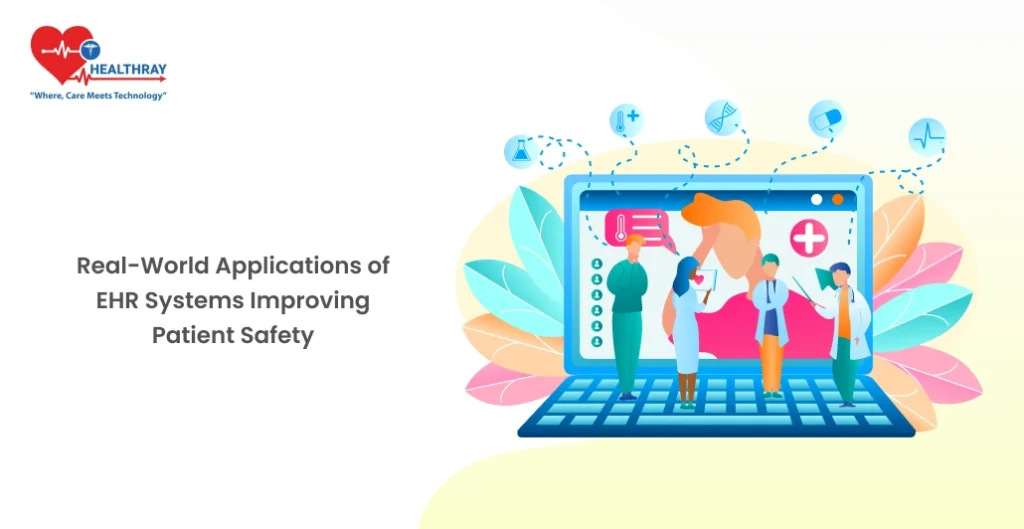
The implementation of advanced EHR systems can be conceptual. A number of success stories have already been reported and documented after a few hospitals and health care organizations used them. There are a couple of case study examples to outline how EHRs decrease drug-related adverse occurrences and increase treatment quality.
Case Study 1: Decreasing Adverse Drug Events A very large health organization implemented an EHR with its medication management component integrated into its system. In the first year, the hospital saw a 30% decrease in adverse drug events. This was primarily because the system would flag potential drug interactions and dosage errors before a prescription was finalized. The clinicians credited the automated alerts with catching mistakes that may have been overlooked during hectic shifts.
Case Study 2: Enhancing Patient Handovers A medium-sized health care network found that patient handovers from departments or primary care to specialty providers increase the complexity and potential loss of information that makes a patient unsafe. After fully implementing an EHR, it noticed a high error reduction during the process of handover of the patient. EHRs, therefore, let each department view real-time patient data, thereby avoiding losing key information in communication and bringing the notice of all the teams to the current treatment protocols.
Statistics in support of EHR advantages A national inpatient care facility-wide review reported that hospitals which had adopted EHR systems with high levels of clinical decision support had 20-40% fewer preventable medical errors. The added features of automated reminders, patient-specific warnings, and detailed medical history all were added factors that might have contributed to that reduction and thus prove that EHRs, in their well-executed form, are necessary to guarantee patient safety.
These in vivo examples demonstrate that though EHRs’ implementation is filled with issues, their patient safety benefits can be quantitatively as well as visually represented.
Issues and Solutions Implementing High-level EHR Systems
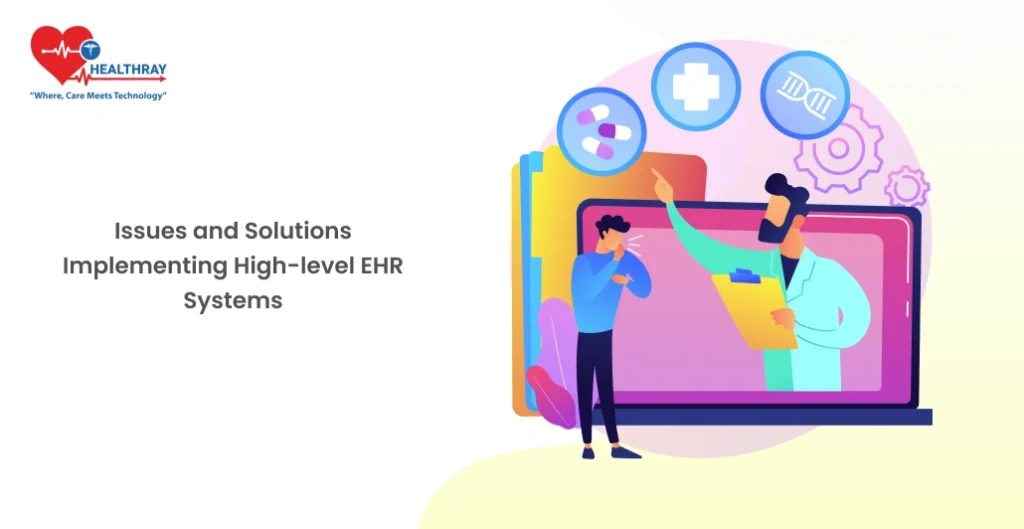
Though high-level EHR systems are of significant advantage for the patients in terms of patient safety, implementing such systems involves significant issues. Their adoption and resolution are very essential to gain high usability with less friction at all times.
Most Common Problems While Implementing EHR Systems:
- Initial cost :
The biggest challenge to the implementation of EHR will be the cost of the investment that will be incurred. It includes purchasing the software, replacing the existing IT infrastructure, and training the personnel. Most of the health facilities, especially the small ones, cannot very easily justify such front-end costs even though they promise long-term benefits.
- Data Migration and System Integration:
The transition from legacy old systems to new EHRs is difficult. It is important that practical data migration is ensured without the loss of critical patient information. Compatibility issues arise during the complex integration process of other hospital technologies such as laboratory and imaging systems into EHR systems.
- User Resistance and Adjustment:
Not everyone in the medical field is embracing new technology. Concerns regarding workflow changes, increased administrative workload, and a learning curve lead to pushback, which is detrimental to EHR adoption.
Solutions for Overcoming Them:
- Funding and incentives : The modernization initiatives put forth by the government in healthcare and the grants will relieve a bit of funding burden. Additionally, it has a potential chance of a better patient outcome, which is a good argument before investors.
- Training : A hierarchy of training and education will be provided-from professional administrative staff to senior clinicians-to build up capacity and competence by having proper and comprehensive training programs. There shall be further education and support through and after the implementation to institutionalize the system.
- Pilot Programs and Phased Implementation:
Pilot program in one department before rolling out to the entire hospital would allow for adjustments based on feedback. The phased approach reduces disruption and helps identify specific challenges before full-scale implementation.
- Engagement of Stakeholders:
Resistance to change would occur less because the users will be able to integrate their needs into the system through the staff feedback and allow them to participate in its selection and tailoring. Planning, investment, and collaboration at all levels of a healthcare organization can overcome this challenge. A hospital can successfully implement an Electronic Health Records System and improve patient safety while streamlining operations if the right strategies are in place.
Conclusion
This is a good step towards the development of patient safety in hospitals. These systems not only manage data but also possess features that avoid medical errors, improve communication, and provide easy access to life-saving information related to a patient. The above challenges to overcome on the highway towards the successful implementation of EHR would be more effortless matched with the whole Hospital Management System, including governmental funding, broad training, and gradual rollouts.
The promises of future technologies, such as AI applications, wearable technology integration, and improved system interoperability, are the intensities of improvement through EHRs. The policymakers have to take action in order to ensure full support and regulation of this development.
With the continuous innovation and efforts to cater to today’s challenges, hospitals can make use of EHR systems to design a safer, more effective healthcare environment that provides patients with the best quality of care.
